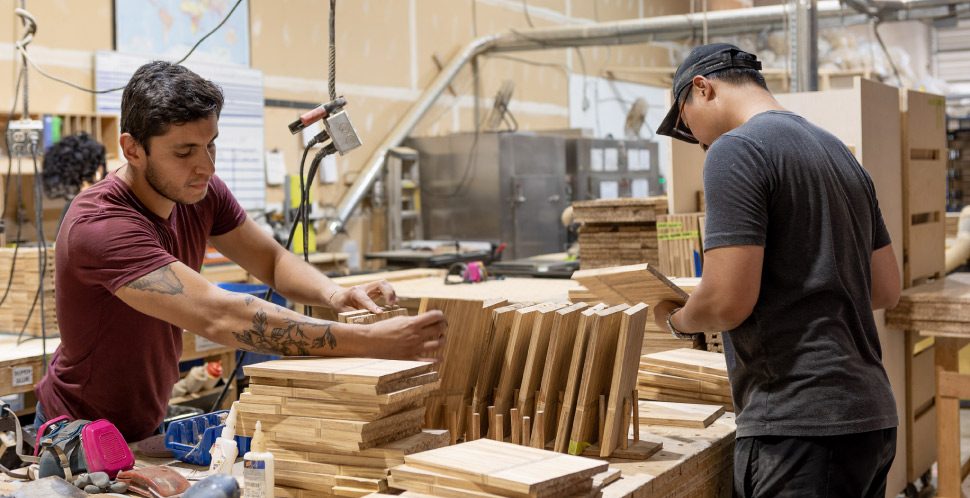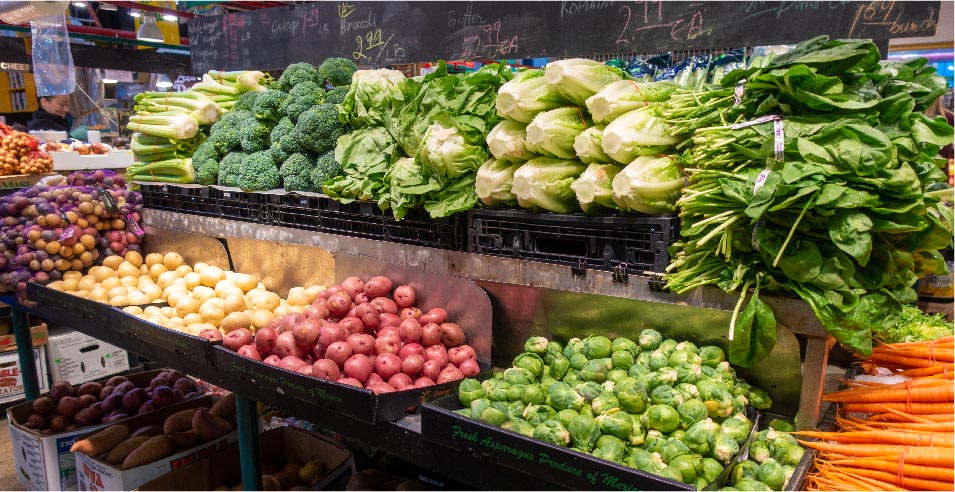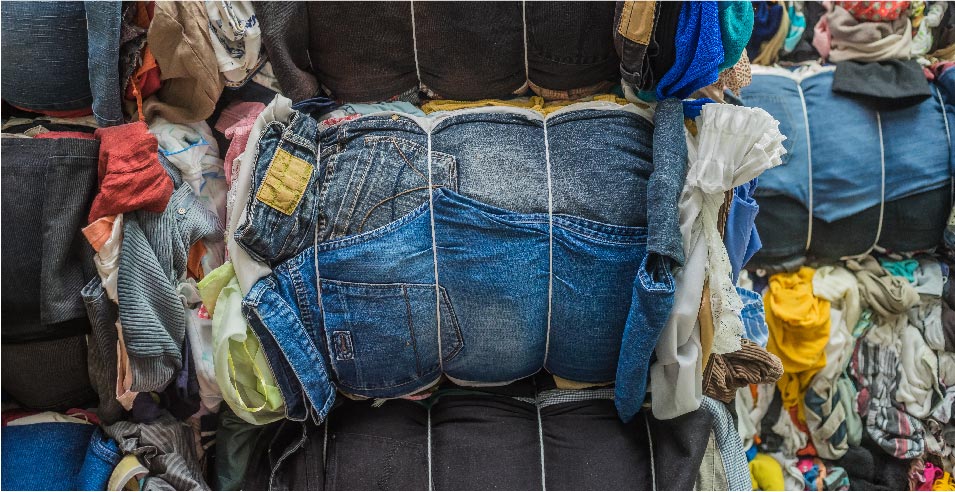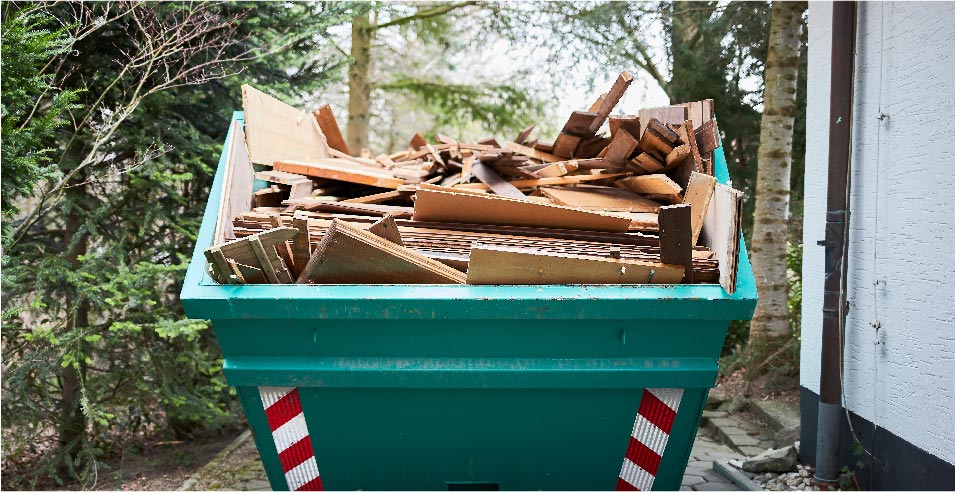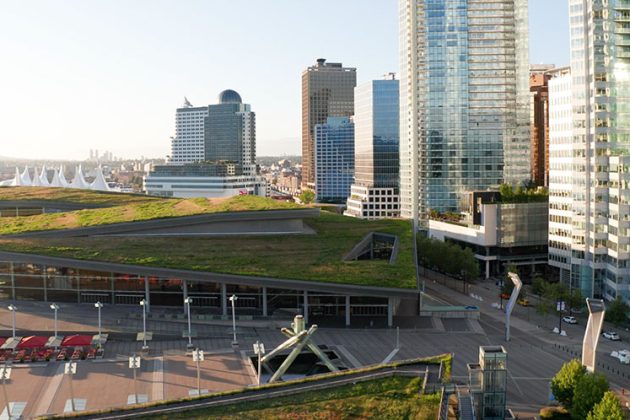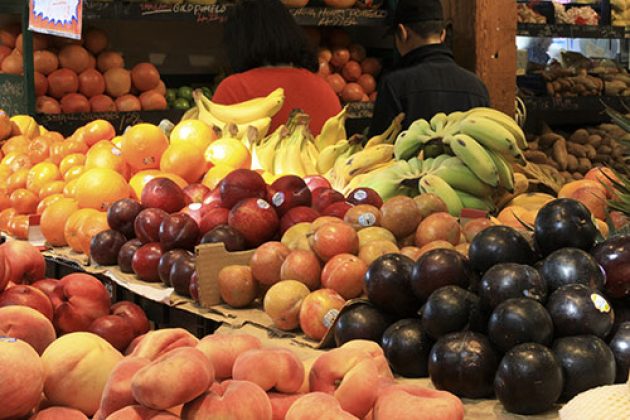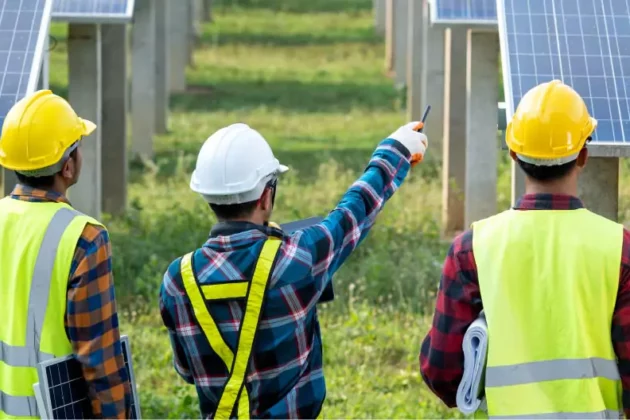Vancouver’s circular economy potential
As a port city and booming business and technology hub, the circular economy holds great potential in Vancouver, particularly in the following sectors: food, textiles, the built environment, and the sharing economy.
Food and Food Waste
Vancouver is home to numerous food rescue and distribution organizations, services and non-profits. Addressing food loss and waste within operations can increase a business’s financial performance by 10%.
Textiles
Approximately 22,000 tonnes of apparel end up in the Greater Vancouver landfill every year, 95% of which can be reused, repaired or recycled. Local Circular fashion and apparel businesses are working to change that number.
Sharing Economy
Vancouver is home to several sharing economy business models, such as car-sharing, equipment rental, and reusable container platforms that strive to curb the 441 million single-use cups and containers that end up in the Greater Vancouver landfill per year.
What’s driving the circular economy in Vancouver?
Volatile markets, increasing consumer demand, and government regulations are driving uptake of the circular economy in Vancouver and across Canada. In response, many services are being created in our region that incubate and accelerate circular economy innovations.
Mitigating Business Risk
Adopting circular economy strategies serves to risk-proof businesses and increase their economic resilience in the face of shocks and stressors, supply chain disruptions, and economic volatility. In a circular economy, businesses tend to retain the value of their investments, and therefore retain more control over the management of those assets.
For example, the product-as-a-service (PaaS) business model generates revenue by leasing products to consumers and recovering the product when the lease term is up. PaaS provides the business with greater ability to forecast demand, increased customer loyalty, and cradle-to-cradle value retention.
Consumer Interest
Consumer movements like slow fashion, organizations like Share Reuse Repair Initiative, and campaigns like Love Food, Hate Waste are all educating consumers on the true value of materials while providing alternatives to wasteful mainstream products and practices.
Government Regulations and Policies
Governments are updating waste and production regulations and creating new policies that support growth of the circular economy. City of Vancouver and Province of BC have announced intentions to create circular economy strategies for the municipal and provincial jurisdictions, respectively, and the Government of Canada offers circular economy grants and incentives.
Incubators and Accelerators
New services and networks for circular entrepreneurs are being created in and around Vancouver to assist businesses and innovators with new circular business ideas and to help existing businesses adopt circular practices. For example, Project Zero’s incubator program provides eight months of business training for new circular ventures, and the University of British Columbia’s Materials and Manufacturing Research Institute provides Circular Economy Seed Funding.
Our circular economy in action
The concept of circularity has been around for a long time – it refers to the timeless practice of making the best use of objects and materials by sharing, repairing, maintaining, and repurposing what we already have. Some of the best teachers and models of this work are our First Nations and other Indigenous neighbours and partners, who have been living and practicing reciprocal and regenerative ways of knowing and stewardship of the land since time immemorial.
Farmers markets, second hand stores and platforms, repair shops, and refill-eries are also all perfect examples of the circular economy in action.
There are a growing number of businesses modeling the modern, circular economy that are acting in response to the current systems that produce unrecovered waste in order to create more value and opportunity, and below are a few local examples:
Trendi
Trendi uses innovative food waste solutions to help the farm and food industry by upcycling the organic food waste into delicious and nutritional products.
Susgrainable
Susgrainable Vancouver creates upcycled baking mixes and barley flour from brewers spent grain that are high in plant-based protein and fibre.
Fabcycle
FABCYCLE works directly with local apparel manufacturers to collect the scraps, off-cuts, deadstock and ends of rolls so that they can be reuses or recycled.
Debrand
Debrand is an expert in Reverse Logistics and textile recycling serving apparel brands all over North America.
Mangrove Lithium
Mangrove’s patent-pending proprietary technology converts lithium chloride or lithium sulfate from a wider pool of feedstocks into high purity lithium hydroxide or carbonate.
Quadrogen
Quadrogen provides innovative and engineered solutions to serve our customers in the markets of customized biogas cleanup and upgrading plants, hydrogen purification systems, and carbon capture equipment.
ChopValue
Using recycled chopsticks,
ChopValue creates stunning, high-performance office furniture, home decor, kitchen accessories and games.
ShareWares
Looking for alternatives to disposable items?
ShareWares is a citywide borrowing platform that offers Vancouver businesses a reusable cup-share program.
Unbuilders
Unbuilder's skilled crew of carpenters deconstruct buildings layer by layer and maximizes the salvage potential and minimize the waste through on-site material separation.
Renewal Home Development
Renewal Home Development saves homes with good bones from being demolished by relocating the homes to new properties and extending their life for new owners.
Anaconda Systems
Anaconda Systems is a leader in designing and implementing safe and reliable organic waste management systems that help cities and companies improve the economic impact of their waste handling infrastructure.
West Coast Reduction
West Coast Reduction creates safe, environmentally friendly recycling solutions for farms, feedlots, restaurants, butcher shops and supermarkets that all produce by-products that have nowhere to go.
Circular economy jobs and training
Within Vancouver there has been an 87% increase in green jobs from 2010–2020, with green building design and construction and materials management and recycling experiencing the strongest growth.
According to Circle Economy, a variety of jobs play a key role in the transition to a circular economy:
- Core circular jobs: ensure raw material cycles are closed, such as jobs in renewable energy, repair, and waste management
- Enabling circular jobs: enable the acceleration and upscaling of core circular activities, such as engineering, manufacturing, design, leasing, and digital technology
- Indirect circular jobs: provide services to primary circular activities, and include positions in education, logistics, and the public sector
Circular Economy Training opportunities in Greater Vancouver region
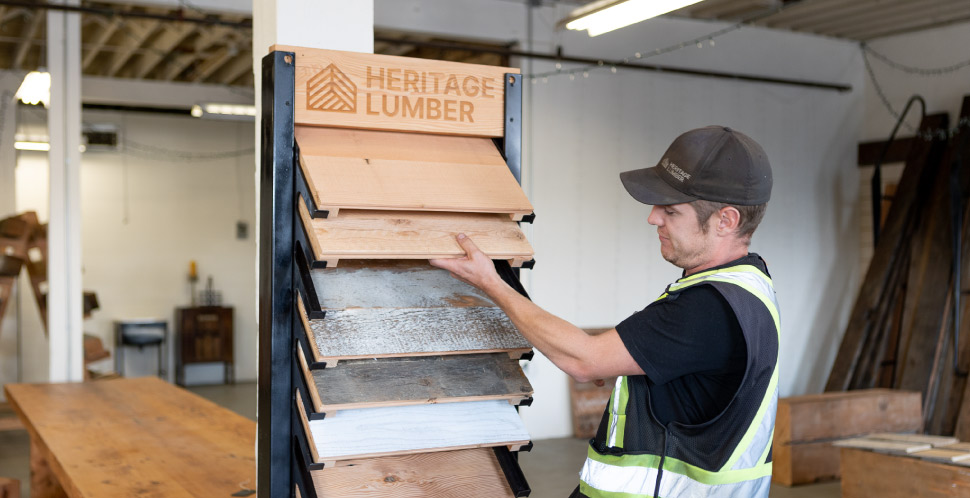
VEC programs, research and resources for the circular economy
VEC continues to develop impactful programs and events that assist Vancouver’s business community to transition to a circular economy. Here are a few examples.
Calls for Innovation
Project Greenlight
A network of large asset holders such as municipalities, utilities and developers work with entrepreneurs and innovators to use these assets to test solutions to help reduce greenhouse gas emissions, energy use and waste – accelerating the transition to a clean economy.
➔ Learn more
Training Program
Circular Economy Network
The Greater Vancouver Circular Economy Network is activated through a variety of webinars, events, and trainings through a partnership between VEC, SSRI and Vancity. The network aims build a strong community of circular practitioners.
➔ Learn more
Systems Thinking
Circular Food Innovation Lab
The Circular Food Innovation Lab employed a collaborative system design with food sector businesses to reduce food waste and drive circular innovation in the sector.
➔ Learn more
Circular Economy Events in Canada and Vancouver
November 1-2, 2023
Zero Waste Conference
This annual conference brings together business leaders, community innovators, and policy makers who understand the value of a circular economy to help create a future without waste.
➔ Learn more
Looking for more resources?
Are you looking to implement more circular practices in your business? Would you like to connect with or take inspiration from other companies tackling similar challenges? We’ve compiled a handy list of recent research, resources and networks for your perusal. Go to the circular economy business resources list.
Get in touch
